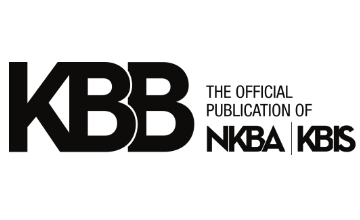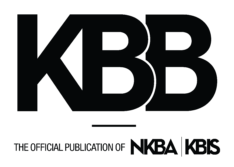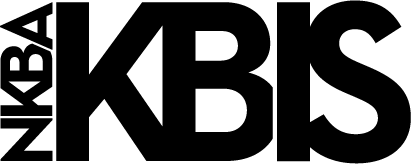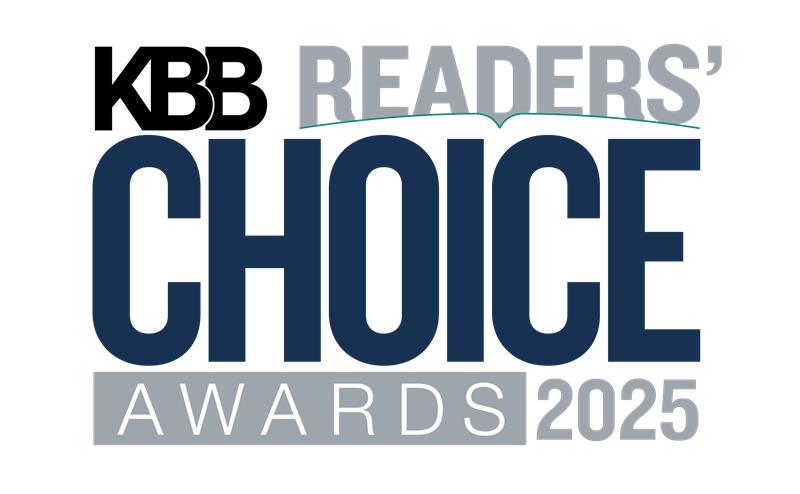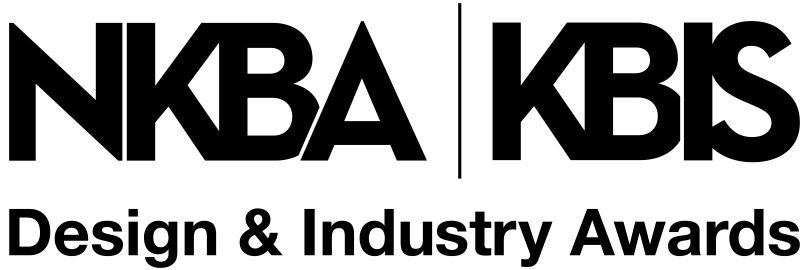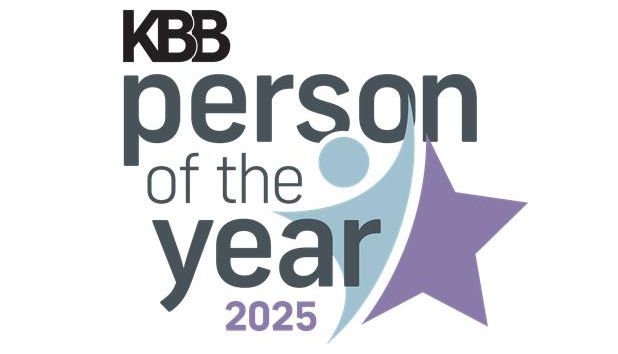What’s the first thing you notice when you walk into someone’s
kitchen—cabinets, floors, appliances? Chances are, you actually notice
the light—or lack thereof—that highlights the unique features of the
kitchen.

What a difference a little lighting can make. Photos courtesy of GE Lighting.
Whether
the style is warm and cozy or modern and bright, a multilayered
approach to lighting can update a kitchen, enhance the mood and even
offer notable energy savings. Layering the light in your kitchen means
integrating a mix of ambient, task and accent lighting. Ambient
lighting offers general illumination, while task lighting highlights
workspaces and accent lighting enhances decor.
A lighting
redesign is among the least expensive ways to enhance your kitchen.
According to an annual construction cost survey by RemodelingOnline,
a minor remodel of a 200-sq.-ft. (10-ft. x 20-ft.) kitchen averages
$17,037 to $19,366 nationwide. But a lighting redesign that includes
multiple layers of light—ambient, task and accent—can actually
help pay for itself over time. To bring life to dull and boring spaces,
or add sizzle to form and function, a quick assessment can reveal
opportunities for immediate return on impact and investment:
Set the stage.
Ambient lighting provides general illumination throughout a whole room.
Traditionally, ceiling fixtures are used as ambient lighting within a
kitchen; however, they can look dated, offer limited usable light and
cost a fortune to operate with standard incandescent lamps (bulbs).
Overhead recessed lighting is a great option in a kitchen because it
provides obstruction-free lighting. Another great way to add functional
overhead light is with recessed downlights that can also accentuate
kitchen cabinets. Install reflector lamps 6 to 8 ft. apart for even
illumination and maximize the reflected light (and save on electric
bills) by using light-colored cabinets and ceiling and floor surfaces.

Maximize reflected light with light finishes; design by Anthony Passante.
The
lamps you choose for these fixtures can also have an impact on your
energy bill. A range of energy-efficient lighting options exists for
recessed fixtures to help you achieve the right mood for your style.
Compact fluorescent lamps (CFLs) emit warm light that’s perfect for
creating a laidback environment. Halogen lamps offer clean, beautiful
light—great for highlighting details and fueling motivation. Each of
these uses less energy than standard options, and they are
long-lasting, making them perfect for hard-to-reach overhead fixtures.

Compact fluorescent (GE Energy Smart CFL) and halogen (GE Reveal Halogen) lamps offer energy savings.
Focus.
Task lighting illuminates areas where focused light is needed, like
countertops. Pendant lighting is a great option because it’s both
decorative and functional. Traditionally, undercabinet lighting has
acted as task lighting, but it can also be used as accent lighting to
showcase decor on counter spaces. Undercabinet fixtures should be
mounted as close as possible to the front edge of the cabinet to avoid
glare on a work surface. When using track or recessed fixtures as task
lighting, it’s important not to use standard A-line lamps. Instead,
choose spotlight lamps that are specially made to direct light out of
the fixture so it shines where needed.

Task illumination ensures that work surfaces like countertops are well-lit.
A
range of energy-efficient options is available for track and recessed
fixtures, as well as decorative fixtures like pendants. With CFLs, you
can literally install the lamps and forget about them, as they last up
to 8 years. Plus, since they use up to 75 percent less energy, they pay
for themselves in energy savings in one year.
Spice it up. Accent,
or decorative, lighting is like using jewelry to add a special touch to
your favorite outfit. It enhances the atmosphere within a space,
working to set the mood that’s right for your style. Sconces in a foyer
welcome guests. Spotlights in a formal dining room create dramatic
shadows. You can also use accent lighting to direct the eye to points
of interest such as architectural highlights or artwork. Lighting
itself can be a decorative accent. These days, designers often use
pendant lighting and chandeliers as art elements to create a central
focal point within a room.
Here’s a little tip for sizing an
accent fixture like a chandelier: Measure the length and width of the
room in feet. Then add the two numbers together. The sum should equal
the diameter of the chandelier—in inches. In choosing an
energy-efficient lamp, consider using LED candelabra lamps, as they
offer the perfect accent lighting for any occasion.
Save money in style.
One of the easiest ways you can save money on energy is to switch to
energy-efficient lighting. Also remember that savings come from adding
multiple switches and dimmer features. Each lighting layer should be on
a separate and/or dimmable switch in order to reduce the wattage and
output of lamps. This helps you to achieve optimal energy savings.
Dimming
controls offer the added benefit of helping you to set the mood.
Lighting controls are also commonly used to smooth the transition
between the kitchen and adjacent rooms. Look for CFLs that can operate
on standard household dimmer switches.
Through a multilayered
lighting approach that incorporates energy-efficient lamps, homeowners
can maximize ambiance and savings, while breathing new life into their
kitchens. To learn more about lighting styles, energy-efficient
lighting or other design tips, visit WhatsYourLightingStyle.com.
—For
the past three years, Brice Cooper has been the face of the lighting
industry as the “GE Lighting Guy.” An interior stylist by trade,
Cooper’s expertise in lighting comes from firsthand experience in the
field. His ability to convey product messaging and engage live
audiences across the country is what has made him a consistent figure
on television. Currently, he is the face of design shows such as Fox’s Design Invasion as well as HGTV’s Design on a Dime.
His knowledgeable quirky persona shines through as the host of
whatsyourlightingstyle.com, where Cooper guides the user through a
series of lighting-based tutorials, videos and games.
